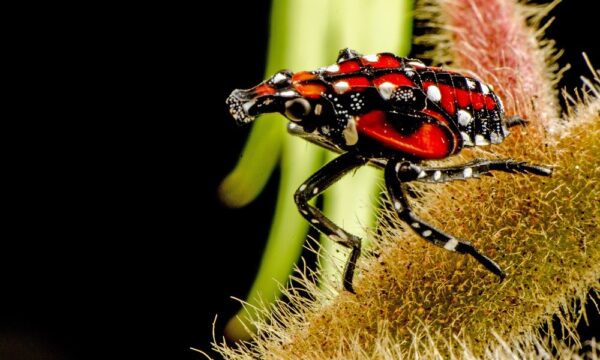In March 2014 the following datasheets were published on CABI’s Invasive Species Compendium (ISC). You can explore the open-access ISC here: www.cabi.org/isc
Bothriochloa pertusa (pitted beard grass) – B. pertusa is a perennial grass native to eastern and southern Asia. It has been widely introduced in the Americas, Australia and the Pacific, either accidentally or probably in some cases deliberately for use as a forage grass. It has established itself in many native habitats where it is able to out-compete many native species due to its ability to establish dense mats and shade out slower establishing species.
Portunus segnis (blue swimming crab) – P. segnis is a marine nocturnal crab native to the western Indian Ocean. It is now considered established in the Mediterranean but invasive in the east and potentially invasive in the central and western Mediterranean. It is an active predator, tolerant to a wide range of temperatures and salinities and capable of reproducing throughout the year, with long-lived planktonic larval stages. Global warming is also expected to favour this tropical species.
Xanthium spinosum (bathurst burr) – X. spinosum is a highly invasive plant classified as one of the world’s worst weeds. It is now widely distributed throughout many regions of the world, where it is a common agricultural and pasture weed and a declared noxious species in many countries. Originating in South America, it has spread widely, probably via its spiked seeds which attach to animals and clothing or are a contaminant of hay or other products. It produces prolific amounts of seed that germinate easily. X. spinosum can quickly dominate large areas, outcompeting crops, forage plants and native flora. Control is possible but requires significant effort. There is considerable ongoing research into various methods including biological control.
Other invasive species datasheets recently published include:
Anredera cordifolia (Madeira vine)
Anthoxanthum odoratum (sweet vernal grass)
Opuntia monocantha (common prickly pear)
Related News & Blogs
Biological control in action: Zambia’s field days on fighting fall armyworm
Experts from CABI recently held two field days and an expo in Zambia, showcasing innovative approaches to pest management to 584 farmers, agro-dealers and other stakeholders to help raise awareness of approaches to tackle the invasive fall armyworm (Sp…
11 June 2025





